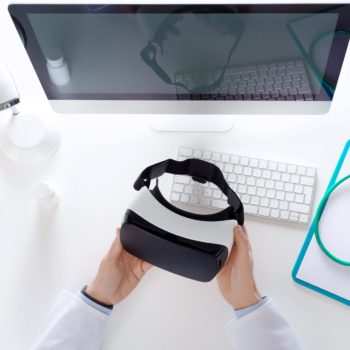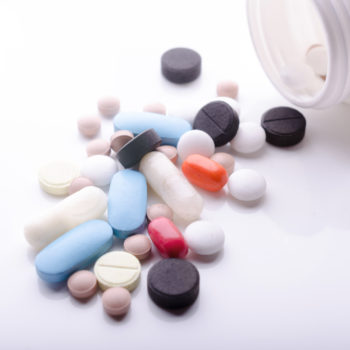An anemia app. This is the possibility that comes out of a study conducted by researchers at the Georgia Institute of Technology, who have developed an algorithm to monitor the levels of hemoglobin (the protein contained in red blood cells that is responsible for transporting oxygen in the body) then to detect its deficiency. This idea was put forward by a patient with chronic anemia, Rob Mannino, who is now a biomedical engineer at the institute. To “teach” the algorithm how to recognize anaemic people, we recruited 100 people with anemia. The app was then tested on 337 people, 72 of whom were healthy, and was able to find anemic patients at a higher rate than a doctor based on the patient’s objective examination. We talked about it with Dr. Barbara Sarina, haematologist at Humanitas.
Anemia app: a reliable method
This app, unlike all other instruments to measure hemoglobin and detect anemia, does not require any external equipment and represents a good compromise between invasiveness, cost and accuracy. In particular, an accuracy comparable to that of anemia tests on the market and which do not require blood sampling. The app is able to accurately measure the amount of hemoglobin in the blood from images taken on the nails. The app that will have to be tested on a larger number of people could be very useful for all those patients with chronic anemia as it would allow them to monitor the level of the disease and identify in time when it is necessary to adjust the level of hemoglobin with drugs, therapies or transfusions. In any case, it is an app to be used for screening, not for clinical diagnosis and for which the standard remains full blood count.
Who does it help?
According to the researchers, the app could be very useful for pregnant women, women with abnormal menstrual bleeding and athletes. And of course, in developing countries, where access to treatment centers is not always possible. “Doctors would test my hemoglobin levels more frequently if they could – says Mannino, the thalassemic researcher who started the research and who perfected the software on his skin -. However, between transfusions it is not always possible to go to the hospital. In this way, instead, it will be possible to keep anemia under constant control so as to calibrate the transfusion calendar on the basis of the fluctuations in hemoglobin values. The development of the app could also be a valid support for the elderly, with 20% of them living with a form of anemia due to iron deficiency, a condition that is still too often underestimated and not always diagnosed. Anemia in the elderly is a very common problem, as it increases progressively with age. Despite this evidence there is an underestimation of the problem even among doctors, who tend to consider the phenomenon as a normal disorder, unless hemoglobin levels reach alarming levels. In the last few years, the need to treat this form of anaemia in the chronic patient through the intravenous injection of iron has become increasingly apparent. The persistence of a state of deficiency can affect the course of conditions typical of old age, such as Bpco, heart failure and inflammatory bowel diseases.








